Daimler officially presents the Mercedes eCitaro fuel cell
Daimler Buses presented its first serial electric bus with a fuel cell as a range extender at the presentation of the eCitaro fuel cell at the Global Public Transport Summit. The start of the series production of the eCitaro fuel cell coincides with the trade fair premiere.
Daimler Buses already provided the first key data on the drive of the new eCitaro variant at the end of May, when it was announced that the eCitaro fuel cell will combine Mercedes-Benz’s third-generation lithium-ion batteries with a fuel cell as a range extender. As a solo bus, the model receives three battery packs with a combined capacity of 294 kWh. As an articulated bus, there are three or four packs with a cumulative capacity of up to 392 kWh. In both cases, the fuel cell has an output of 60 kW and comes from Toyota.
Daimler Buses gives a range of up to 350 kilometres for the articulated range-extender bus and up to 400 kilometres for the solo bus. In view of these ranges, the eCitaro fuel cell is not designed for intermediate charging on the route, but for pure depot charging via plug with up to 150 kW. It is “the ideal addition for transport companies with an existing battery-electric fleet that want to operate their long routes without having to recharge and without having to put on additional buses”. Of course, a hydrogen source is also needed to use the range extender. More on this below.
With regard to the start of series production, Daimler Buses says that the articulated bus version can be ordered at any time starting from the trade fair premiere. The manufacturer has not yet given any details on the market debut of the solo bus, and the bus manufacturer also has not mentioned prices.
Instead, Daimler Buses provides a detailed look at the body of the new eCitaro variant. It was a conscious decision to opt for a drive system with a large battery capacity and a compact fuel cell in the “range of possible combinations”, the manufacturer explains, pointing out, among other things, that electricity from the grid as a fuel will be significantly cheaper than hydrogen in the foreseeable future. The fuel cell of the eCitaro fuel cell therefore does not serve as the main energy source, but is only used to extend the range.
Regarding the fuel cell itself, Daimler Buses now specifies that it is a “tried and tested module” – namely a second-generation Toyota fuel cell in a heavy-duty version with a maximum output of 60 kW. In the eCitaro fuel cell, it is to be operated in the range of the best point at around 20 kW and work in a voltage range of 400 to 750 volts. Due to its flat and compact design, the fuel cell module is installed on the roof. The module, which weighs around 240 kilograms, is placed just behind the front axle of the solo bus and on the roof of the rear vehicle of the articulated bus.
The manufacturer states that the module has a service life of around 40,000 hours in use as a range extender, which should correspond to a service life of seven to ten years. The module receives its hydrogen (gaseous and at a pressure of 350 bar) from Type 4 tanks, each with a capacity of 5 kg, which are also mounted on the roof. The solo bus has five tanks with a capacity of 25 kilograms of H2, the articulated bus six or seven tanks with 30 or 35 kilograms of H2. Refuelling takes place in the direction of travel on the right-hand side above the second axle. Regarding refuelling, the company states: “Under optimum conditions and depending on the refueling infrastructure, the refueling time in the solo bus, for example, is around ten minutes”.
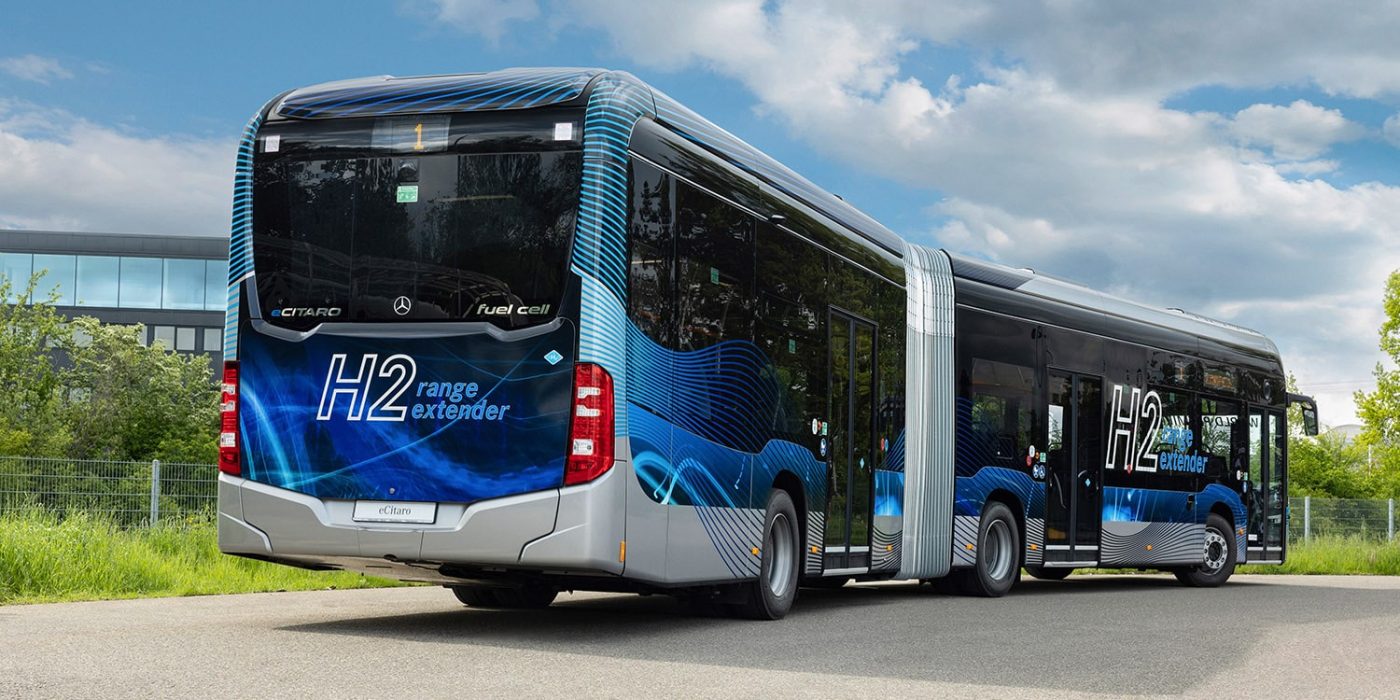
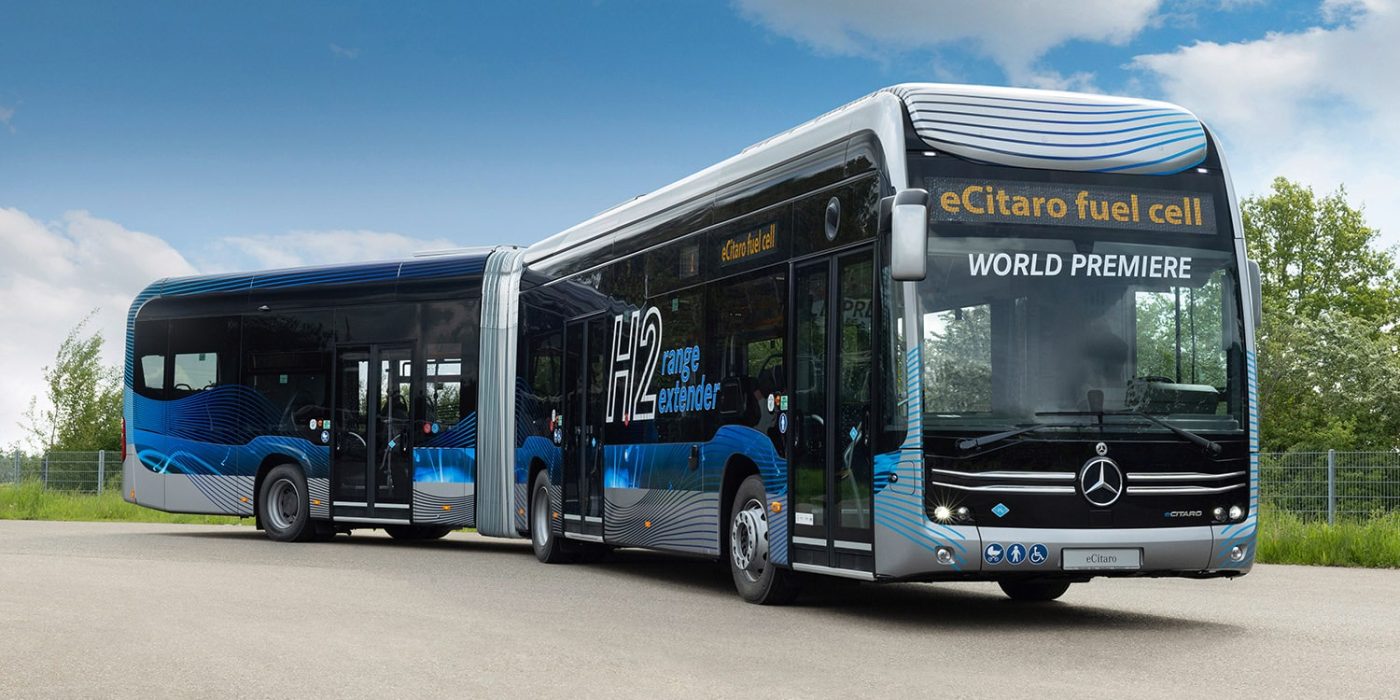
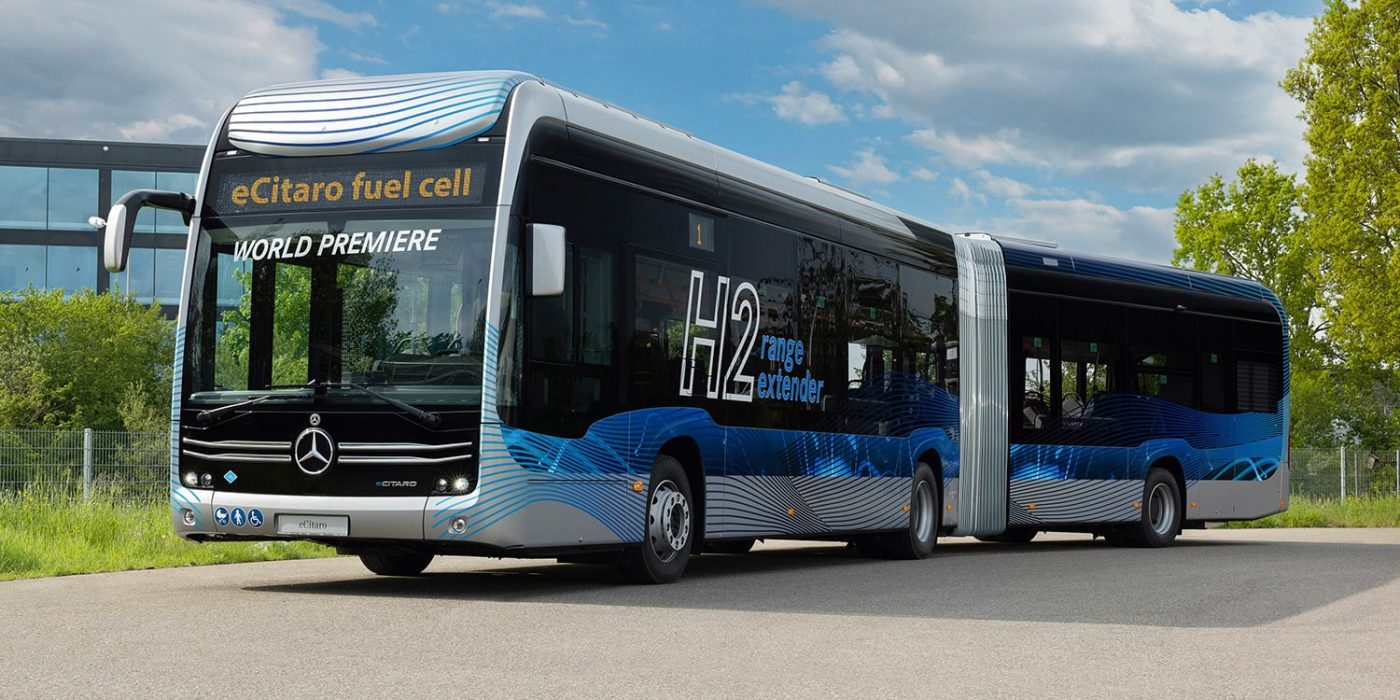
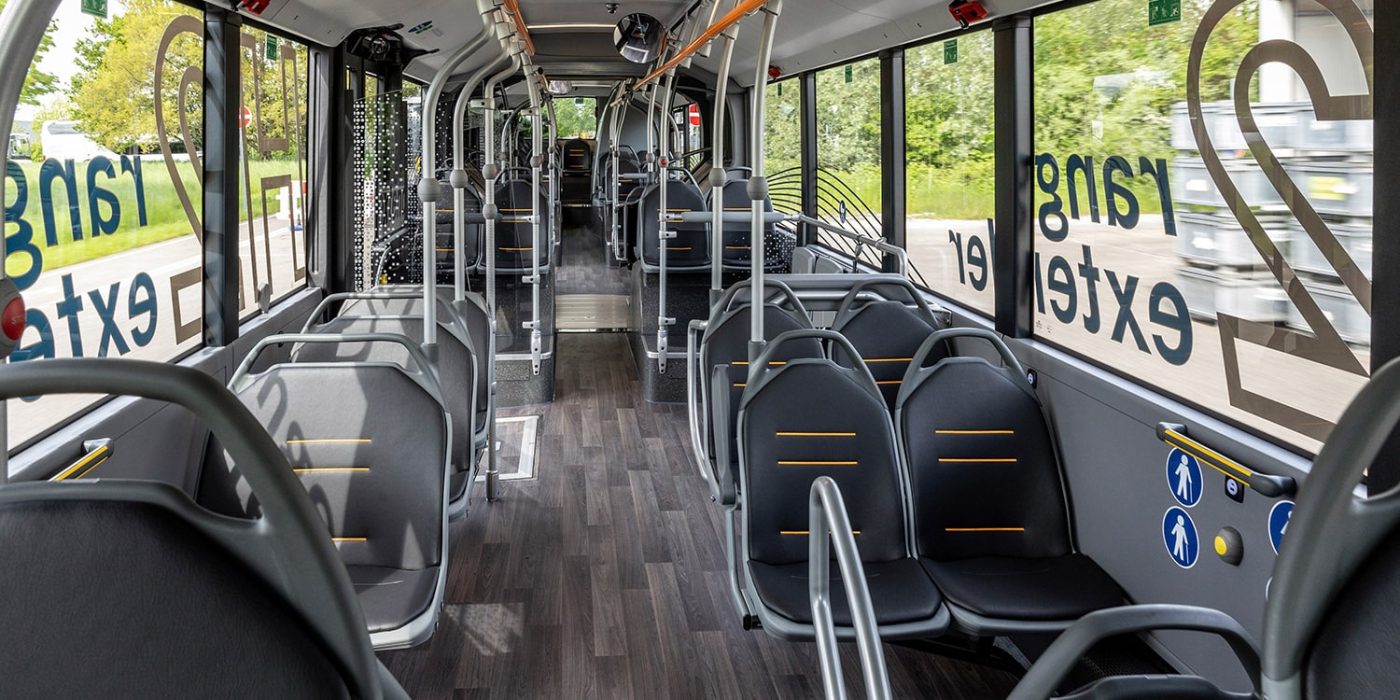
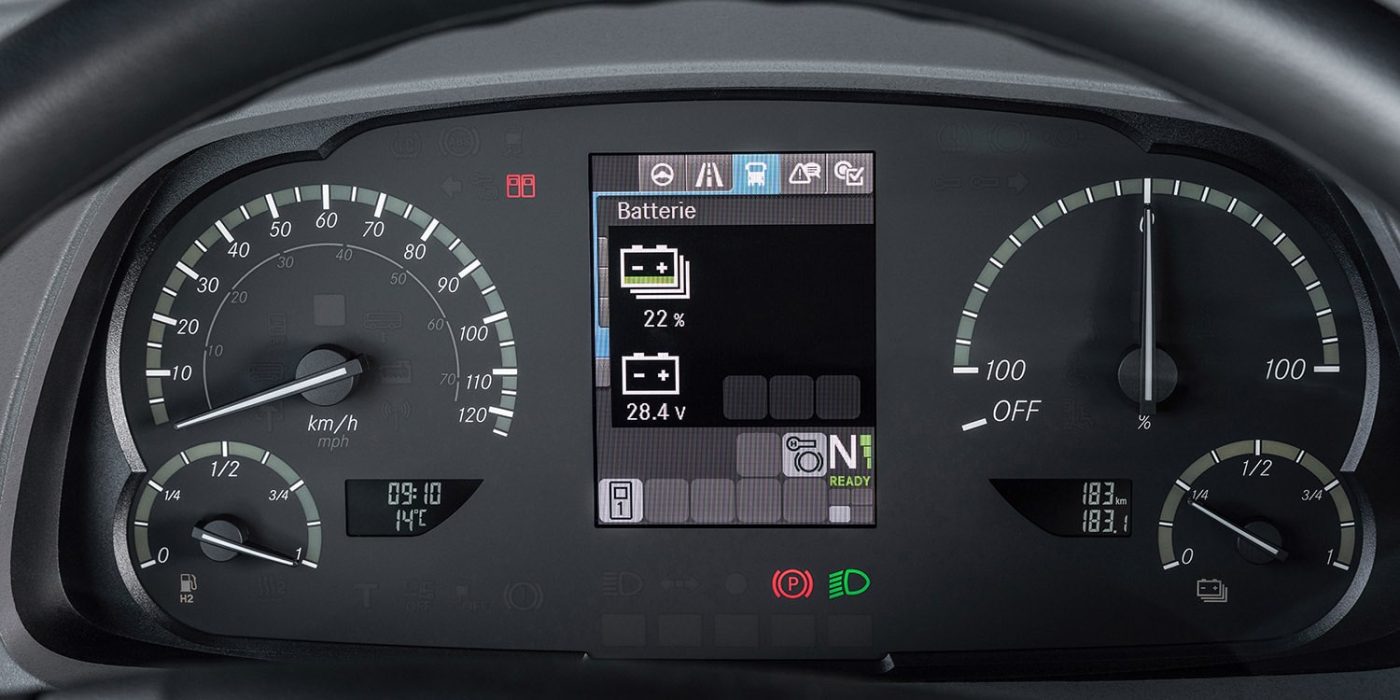
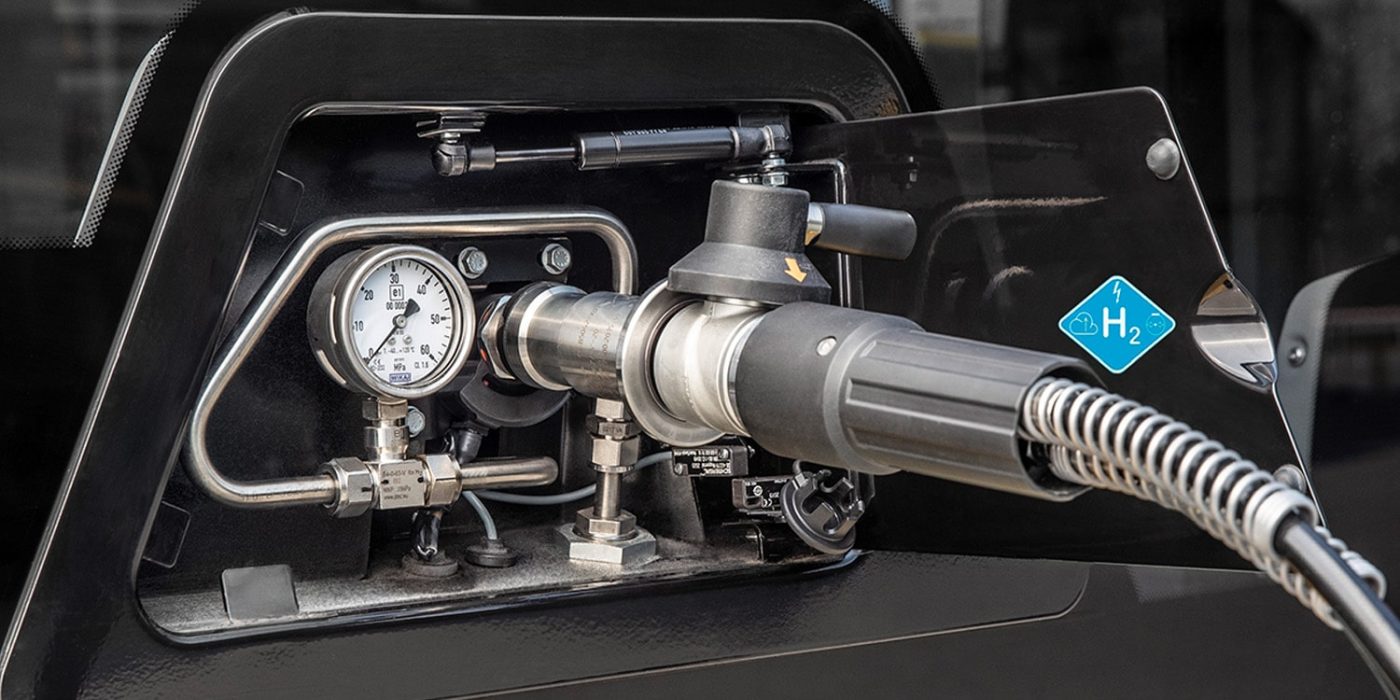
The main energy storage on board is, of course, the NMC (lithium-nickel-manganese-cobalt-oxide) battery packs. How the two systems interact is regulated by an intelligent control system, whereby transport operators can choose between two different operating modes: In the “maximum range” mode, both battery charge and hydrogen are utilised to the maximum. The fuel cell always works in the most efficient operating range. In the ‘Minimum H2 consumption’ mode, on the other hand, the battery supplies the majority of the energy for the drive and auxiliary consumers. The fuel cell only supplies as much energy as is necessary to achieve the previously set range.
The eCitaro fuel cell is largely based on the battery-electric eCitaro. “Although extensive adaptation measures were necessary, no complete redesign has been required,” Daimler Buses writes. The range extender variant also carries over the ZF axle drive, which produces 125 kW and 485 Nm in the solo bus. In the articulated bus variant, two electric axles with 125 kW each are optionally on board. The layout of the passenger compartment and also the driver’s cockpit correspond to the familiar models of the eCitaro. The only exception is that the bus driver gets a power meter for the energy flow of the eCitaro G fuel cell in the instrument panel instead of the usual rev counter and another display with the percentage filling level of the hydrogen tanks.
There are major differences in other places: For example, the software of individual control units is new in the eCitaro fuel cell. Among other things, this affects heat control. The new variant can thus use the waste heat from the fuel cell to heat the vehicle interior. “As with the battery-electric eCitaro, Daimler Buses also uses the compact air conditioning system with a heat pump in the eCitaro fuel cell, but with the refrigerant R134a. In combination with the waste heat from the fuel cell, it achieves a higher efficiency at low temperatures even compared to the CO2 air conditioning system of the eCitaro. The waste heat from the fuel cell can also be used to regulate the temperature of the batteries,” explains the manufacturer.
Another plus point is that the eCitaro fuel cell can carry a high number of passengers thanks to the weight distribution of batteries, fuel cells and hydrogen tanks. A three-door articulated bus with one powered axle, three battery packs and seven hydrogen tanks is said to offer around 128 passenger seats.
Daimler Buses received 3.3 million euros in funding for the development of the range extender technology as part of the National Hydrogen and Fuel Cell Technology Innovation Programme (NIP). In addition to the technical aspects, Daimler Buses is also introducing new digital services with the new model variant. At the centre of this: the virtual data interface TiGR, which is to play an important role in data integration into the individual software at the customer’s site. TiGR is one of the first vehicle manufacturers in Europe to offer a data interface for remote bus monitoring that is certified in accordance with the uniform, international ITxPT standard, according to the company.
With reporting by Cora Werwitzke, France.

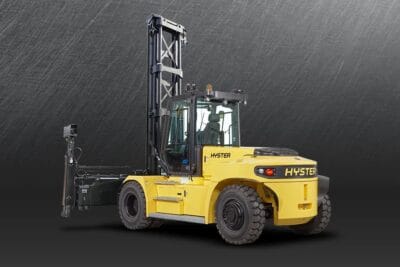
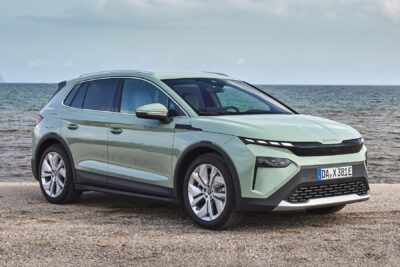
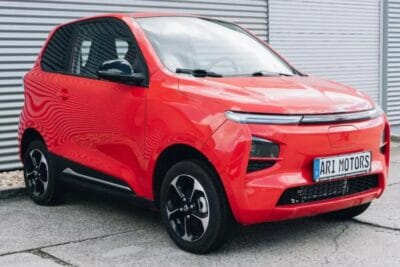
0 Comments